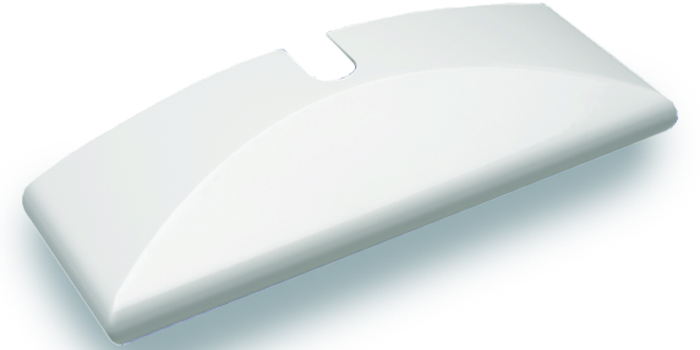
Die casting
Die casting of metal is a method of production that produces strong parts, a high quality finish and a lot of integrated functionality.
With zinc the parts are ready for use immediately after leaving the moulding room. For aluminium the remains from the stub will, generally, need to be shaped. The parts are normally rolled to remove burrs and soften the edges.
Die casting of aluminium
Aluminium is moulded at high pressure, which requires the tooling to have exact tolerances and good sealing surfaces to contain the material being moulded which has a consistency like water. There are advantages to die cast aluminium parts, such as a high strength to weight ratio. The most common aluminium alloy used by Fagerhult is AlSi8Cu3.
Another advantage of aluminium is that it can be readily recycled. Recycling uses a fraction of the energy required to manufacture virgin material.
Die cast aluminium is used in parts such as outer and inner caps, continuous couplers and various types of bracket.
Die casting of zinc
Zinc is a corrosion-resistant material with good mechanical properties. The main difference between zinc and aluminium is the weight: zinc is 2.5 times heavier, but has inferior heat resistant properties and a lower creep strength. The advantages of zinc are that it is easier to mould, melts at a lower temperate and is therefore gentler on the tool. A properly made zinc tool can handle close to 1 million cycles with good quality results and high repetition precision.
With zinc it possible to produce thin products with a high finish on the surfaces, important for the treatment of visible surfaces such as chrome or nickel-plating. The parts are usually ready for use immediately following die casting with no further shaping required except, occasionally, for rolling.
The areas of application are the same as for aluminium, but zinc is better suited for applications which require a significantly higher measurement tolerance or finer requirements for the surfaces.